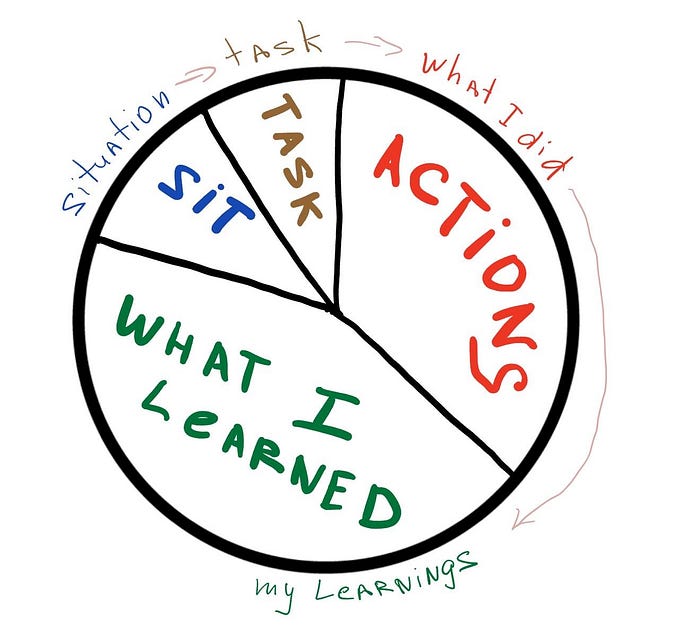Thinking about the hybrid context. If you treat in-person office time as a valuable, scarce resource, what’s the best use of that time?

3 specific moments: team cohesion, onboarding, kicking-off.
Microsoft identified 3 specific moments when in-person time is most beneficial:
1. Strengthening team cohesion, that is, reinforcing human connection and social capital.
2. Onboarding to a new role, team, or company, that is, establishing new (as opposed to existing) relationships, norms, habits, and sense of belonging.
3. Kicking off a project, that is, more efficiently sharing knowledge, getting clarity, establishing roles and expectations, building trust, etc. to improve subsequent ongoing project interactions.
Examples for how to best use in-person time:
What others have you experienced?
Team cohesion examples
- Regular shared day(s) in the office. Focus on collaborative events (e.g., planning, retrospectives, etc.) but also provide unstructured time to allow for serendipity. This works more when people generally live close enough to the office to come in regularly.
- Periodic in-person All Hands, for example, once a quarter. Make sure it’s not boring! Emphasise celebration, saying and repeating key messages.
Onboarding examples
- Introduction days. Welcome to the organization by leaders — why the team / organization exists, what matters, etc. Opportunity to meet team and other people you’ll interact with in-person. Make new hires feel welcome and part of something bigger.
- Bootcamp. Cohort of new hires join an in-person bootcamp team to learn about “how things are done here”. Helps both establish expected norms and creates an initial support network for new hires.
Kickoff examples
- Team kickoffs. Examples: Liftoff.
- Project kickoffs. Examples: Agile Inception (from The Agile Samurai), Lean Inception (there’s also a book), Google Design Sprint (there’s also a book).
- Quarterly planning/kickoff. Examples: Big Room Planning.
How might we measure success?
Given there is a cost to coordinating in-person time, what are the measurable outcomes and impacts we should expect?
Expectation: People feel more connected to their teams and the larger organization. Measurement: Survey question; general engagement scores.
Expectation: New hires get up to speed faster. Measurement: Average time for new hires to become productive.
Expectation: Projects have less issues due to misunderstanding. Measurement: Average project delivery lead time and defect rate.









